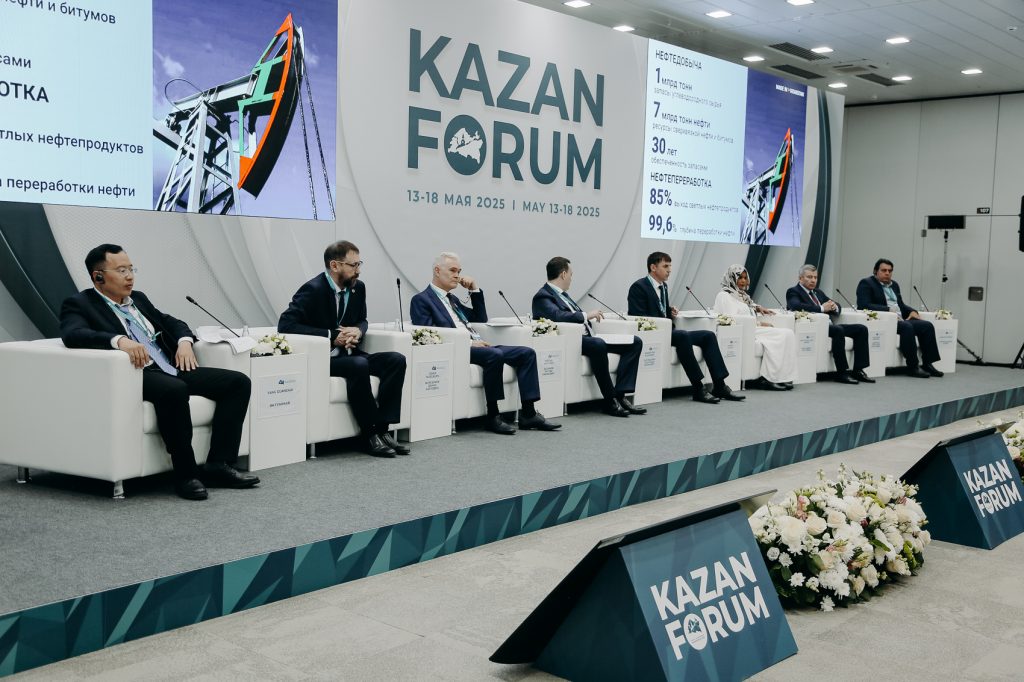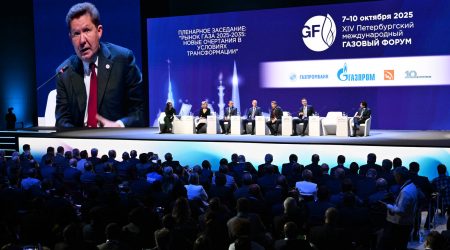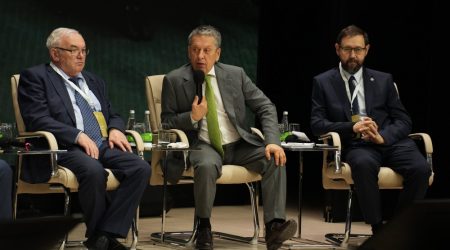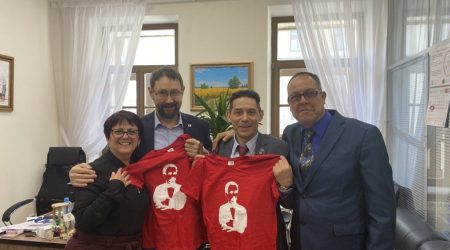Center for Liquid Hydrocarbons presented at KazanForum 2025


The session ‘Technological Leadership as an Opportunity for the Rational Development of Oil and Gas Fields’ was devoted to this topic and co-organized by Kazan Federal University and the Ministry of Natural Resources and Ecology of the Russian Federation. The speakers and guests of the forum were welcomed by Konstantin Tsyganov, First Deputy Minister of Natural Resources and Environment of the Russian Federation.
The discussion, moderated by Alexander Zakondyrin, Director of the All-Russian Research Institute for Environmental Protection ‘Ecology’, was attended by: Deputy Minister of Mineral Resources of the Republic of Sudan Hind Siddiga Adam Hami, Deputy Minister of Industry and Trade of the Republic of Tatarstan Dmitry Guskov, Rector of Almetyevsk State Technological University – Higher School of Petroleum Alexander Dyakonov, Vice-Rector for Earth Sciences of KFU Danis Nurgaliev, Technical Director of Kerui Group Yang Guangkai, Director of the Department of Technology and Innovation Policy Development of the University of Tehran Hashemi Shahdani Hossein, and First Deputy General Director of Tatneft Rustam Khalimov.
Presenting his report ‘Technologies of the Center for Liquid Hydrocarbons in relation to the challenges in the OIC countries’, Dr Nurgaliev noted that it was established on the basis of four leading universities of the country engaged in research and development in oil and gas.
“These universities train almost half of the domestic personnel for the oil and gas industry and train specialists for almost twenty countries in Latin America, the Middle East, China, and other producing regions,” he emphasized.
“The Center cooperates with all major production and service companies in the country and abroad. More than 40 developed technologies have already been implemented in the economic activities of the companies, another 19 are undergoing pilot tests,” said Danis Nurgaliev. “In oil and gas content forecasting, domestic methods of geothermochronology and isotope geochemistry have been created, which are used for prospecting of poorly explored areas. A vivid example of the effectiveness of these techniques is the successful search for gas reservoirs in Eastern Siberia for Gazprom.”
The Center’s scientists pay special attention to the giant Romashkino oil field located in the southeast of Tatarstan.
“Isotopic dating of oil by Os and Re systems was performed, which for the first time made it possible to clarify the age and mechanism of deposit formation. The data obtained are very important both for fundamental science and for the development of practical recommendations necessary for further development of the Romashkino field,” the scientist said.
The large-scale work at this site, he added, included reconstruction of sedimentation conditions and reservoir structure, assessment of the attractiveness of reserves and resources, as well as optimization of the placement of the project well stock based on the analysis of structural, tectonic and facies data on terrigenous sediments of the Devonian and early Carboniferous of the South Tatar arch.
“To automate the interpretation of geophysical data, the Gisneiro software package was created, and to localize residual reserves based on field technical and geochemical information, the ResNeuro package was developed. Both products have already been applied in the field and demonstrate high efficiency,” said Dr Nurgaliev. “The developed technologies have been successfully tested, proved their efficiency and can be used in the search and exploration of oil and gas reserves in Sudan, Djibouti, Iran, and China”.
The participants of the session praised the environmentally friendly and energy-efficient technologies created by the Center’s employees using intelligent methods of geological and field data processing. They allow to reduce the cost of exploration and development of new fields, reduce the cost of drilling, and are aimed at increasing oil production and reducing losses during geophysical surveys.









